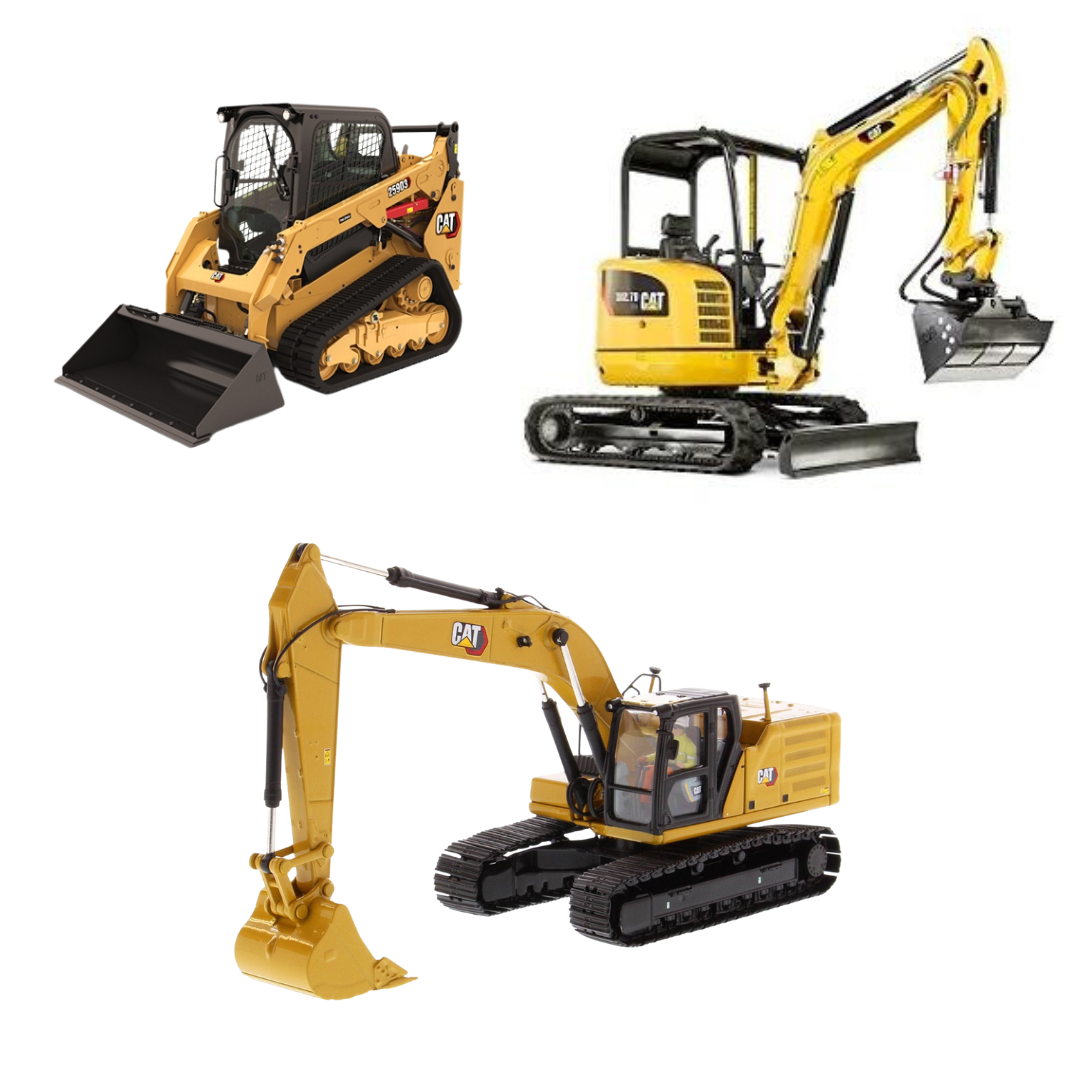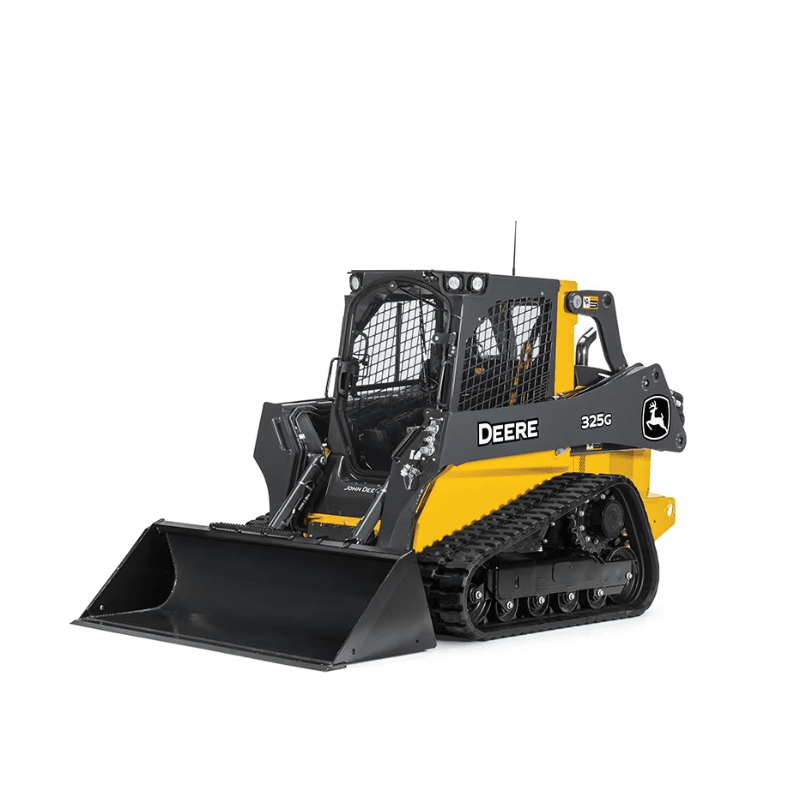Forklift Rental: Heavy Training Equipment for Warehousing and More
Forklift Rental: Heavy Training Equipment for Warehousing and More
Blog Article
Maximize Your Spending Plan by Recognizing the Expenses Connected With Building And Construction Equipment Leasings
Recognizing the full range of prices connected with building and construction devices services is crucial for optimizing your budget. While the preliminary rental cost may seem uncomplicated, countless additional expenditures-- such as transport, gas additional charges, and maintenance-- can swiftly build up, influencing your financial planning. Furthermore, recognizing various costs and the complexities of rental arrangements can aid stay clear of unanticipated monetary burdens. What methods can be employed to efficiently handle these expenses and make sure a much more effective rental experience?
Introduction of Rental Costs
When considering construction tools services, recognizing the connected costs is critical for reliable budgeting and project preparation. Rental expenses can vary significantly based on several variables, including equipment type, duration of leasing, and area. The first rental cost often reflects the equipment's market need and its connected functional capacities, affecting the general expenditure.
Along with the base rental rate, supplementary costs may develop, such as transport costs, gas additional charges, and upkeep costs. It is important to represent these extra expenditures to precisely assess the overall expense of renting out devices. Additionally, the rental period can affect pricing; longer rentals may get reduced rates, while temporary leasings could incur greater day-to-day charges.

Break Down of Rental Rates
A detailed understanding of rental prices is essential for contractors and task managers aiming to maximize their budget plans. Rental rates for construction equipment generally include numerous components, including base rates, time-based fees, and usage costs.
Base prices are the core costs associated with the rental of the tools, frequently identified by the kind and dimension of the equipment. These rates can vary substantially, affected by factors such as tools need, availability, and local market trends. Time-based costs, which may be daily, weekly, or monthly, serve to fit various project timelines and rental durations.
Furthermore, rental rates may include use charges, which apply when tools is made use of beyond a specified threshold, making sure that the rental business can account for damage. Seasonal demand fluctuations can also affect rental rates, with peak construction periods typically regulating greater rates.
Moreover, understanding the rental company's policies relating to maintenance and insurance can provide additional understanding right into the total expense structure. By analyzing these parts, contractors can make enlightened decisions, ensuring the option of rental equipment straightens with both task demands and budget plan constraints.
Added Charges to Take Into Consideration
Comprehending the ins and outs of extra charges is vital for service providers to manage their overall leasing expenses successfully. Beyond the conventional rental prices, different supplemental costs can significantly impact the complete expense of devices leasing. These fees commonly include delivery and pick-up charges, which can vary based upon range and logistics associated with moving the equipment to and from the job site.
Moreover, some rental business might enforce fuel surcharges if the equipment is returned with much less fuel than when rented. It is likewise necessary to recognize potential cleansing fees, especially for specific tools that requires comprehensive maintenance after use.

Extensively assessing the rental arrangement and clarifying these added fees in advance can help specialists guarantee and stay clear of unexpected prices that budget plans remain intact throughout the project lifecycle.
Upkeep and Repair Service Costs
Routine repair and maintenance expenditures are often ignored factors that can dramatically affect the total expense of building devices leasings. When renting equipment, it is critical to think about not only the rental charges yet additionally the prospective expenses connected with keeping the equipment in optimal operating condition.
Numerous rental firms include basic maintenance as part of the rental contract; nonetheless, much more unforeseen failures or extensive repair work can result in additional expenses. It's essential to evaluate the rental agreement very carefully to understand what upkeep solutions are covered and what responsibilities fall on the renter.
In addition, devices that is not well-maintained can lead to click to read more inadequacies at work website, potentially triggering delays and raising task expenses. To alleviate these threats, it is recommended to conduct routine examinations and preserve open communication with the rental copyright regarding any kind of issues that arise during usage.
Insurance Coverage and Obligation Expenses
Insurance coverage and liability costs are vital components that can substantially impact the total cost of building devices services (boom lift rental). These prices guarantee that both the rental firm and the client are secured from prospective financial losses emerging from crashes, damages, or theft during the rental duration

Furthermore, clients must know any kind of deductibles or exclusions in the insurance coverage, as these can affect possible out-of-pocket expenses. Understanding the conditions of any kind of insurance coverage is important to prevent unanticipated prices. Ultimately, budgeting for insurance and liability costs can help make certain a smoother rental experience and secure versus economic dangers associated with construction tasks.
Verdict
In conclusion, an extensive understanding of the prices connected with construction tools leasings is crucial for reliable budget management. By assessing rental rates, additional fees, maintenance costs, and insurance needs, companies and individuals can lessen unforeseen expenses. This tactical method not just improves cost-effectiveness however also guarantees that tasks advance smoothly and efficiently. Ultimately, informed decision-making pertaining to tools rentals contributes to the general success of building endeavors.
Rental costs can article source differ dramatically based on several variables, consisting of devices type, period of rental, and location (aerial lift rental). The rental duration can impact pricing; longer rentals may certify for reduced prices, while temporary leasings might sustain higher daily fees
By performing extensive study and involving with trustworthy rental firms, specialists can efficiently navigate the complexities of rental rates, ultimately maximizing their monetary sources.
Past the standard rental prices, different supplementary costs can considerably impact the complete expense of tools rental. Rental firms usually give liability insurance policy that covers injuries to 3rd parties or damages to residential property, while tools damages insurance coverage can cover the price of repair work or replacement if the rented equipment is damaged.
Report this page